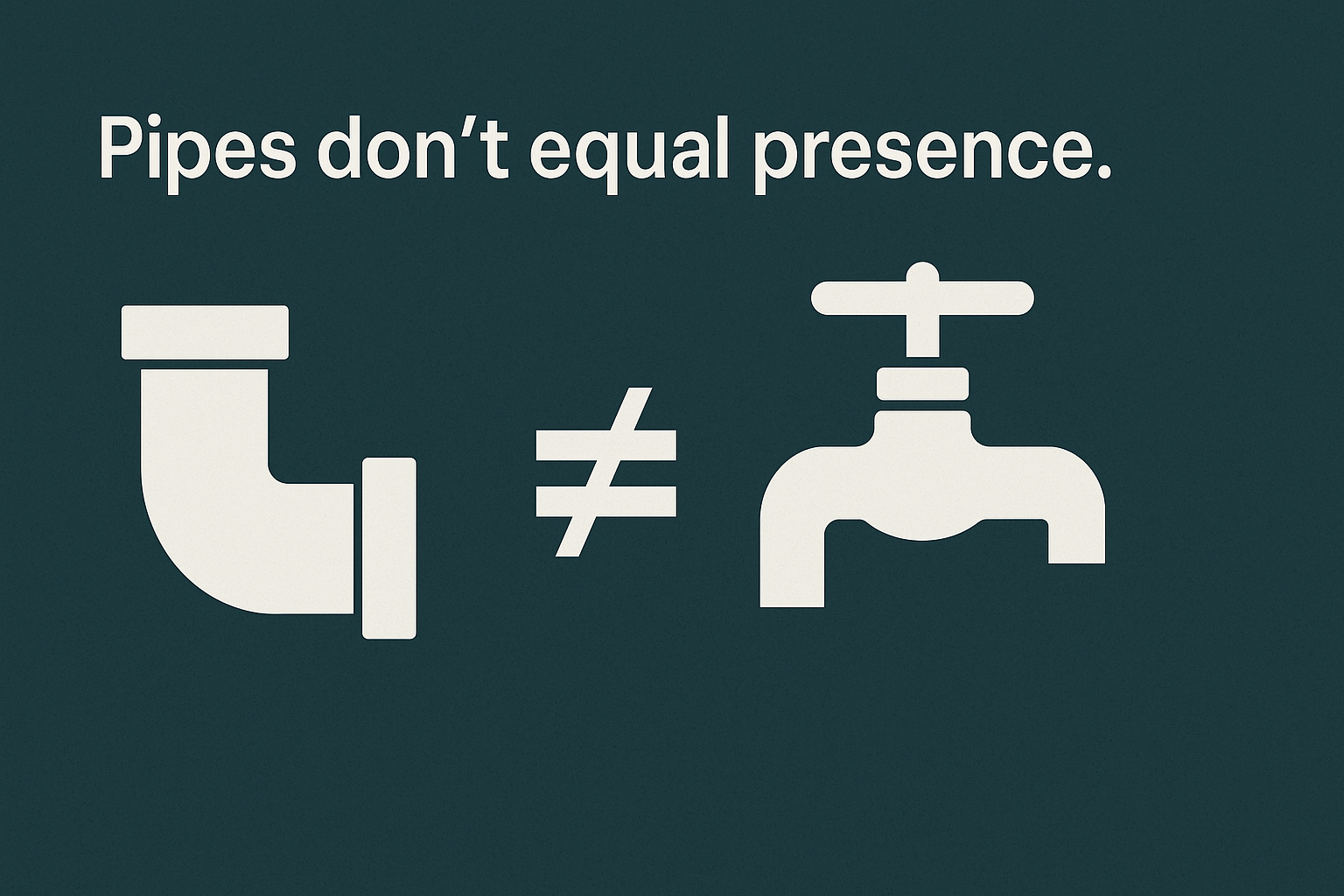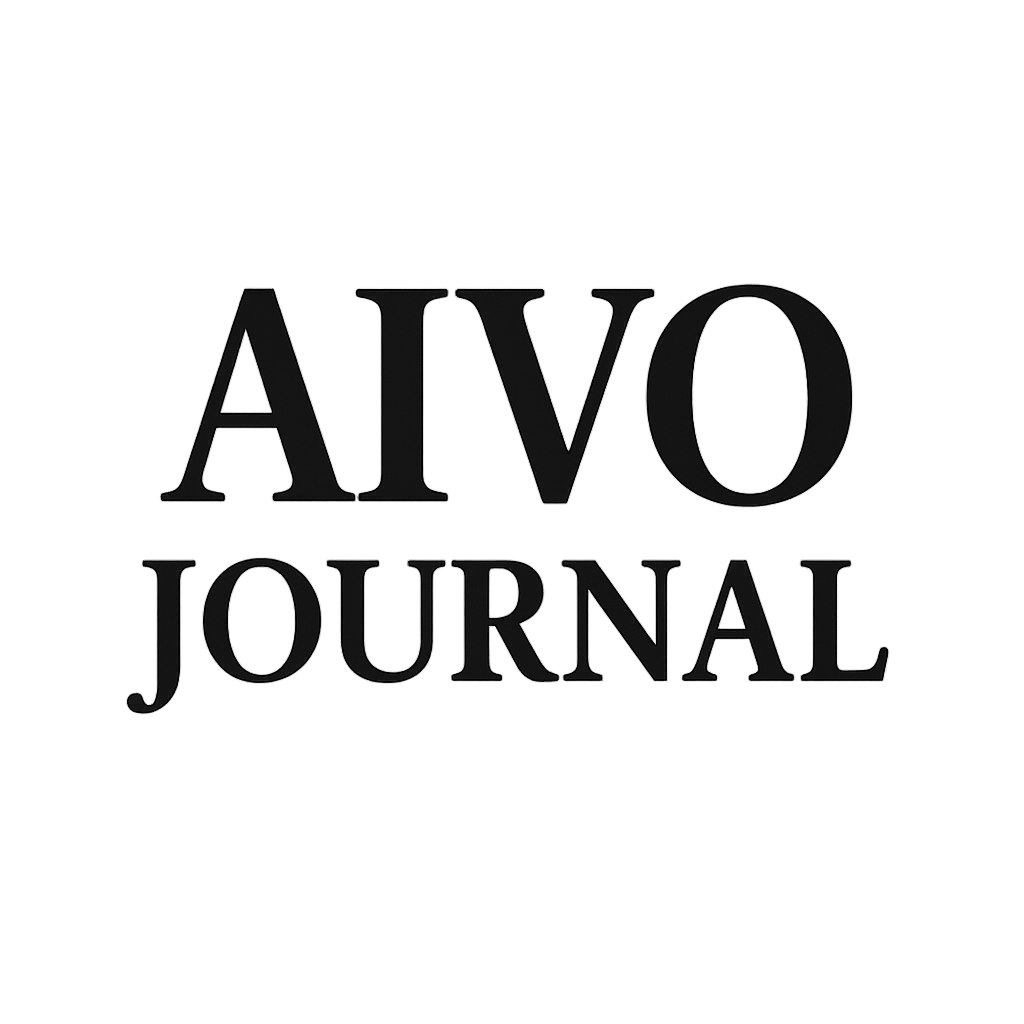Commerce Feeds Don’t Equal Visibility: Why Boards Still Need Independent Assurance

1. Agentic Shopping, New Feeds, Old Risk
OpenAI’s new Commerce Feed specification enables agentic shopping inside ChatGPT. Brands can now push structured catalogs, update them every 15 minutes, and even toggle checkout flows.
At first glance, it looks like visibility solved. Submit your feed, and you’re discoverable.
Boards may conclude: “We’ve shipped the feed, so we’re safe.”
That assumption is wrong. In earlier AIVO audits, brands with correctly structured feeds still lost 30–60% prompt-space presence within 30 days. One retailer saw 8 of 10 high-intent prompts default to Amazon and Target despite a compliant feed. Millions in cart share vanished.
Feeds build pipes. They don’t guarantee water at the tap.
2. Feeds Are Eligibility, Not Presence
The spec ensures schema compliance, not outcome.
- Volatility: Model retrains shuffle answer slots regardless of feeds.
- Fragmentation: A SKU may appear in Germany but vanish in France, or one variant surface while another disappears.
- Substitution: When you drop, competitors fill the shelf instantly.
A feed submission is eligibility, not assurance.
3. The Governance Gap
This creates a disclosure problem.
Boards relying on feeds as proof of visibility risk material misstatements in quarterly reporting. Customer acquisition forecasts, e-commerce ROI, and risk disclosures are distorted if prompt-space presence decays unseen.
Audit committees would never approve financial statements without independent verification. Why should they sign off on AI commerce risk based on a feed health check?
4. Dashboards Will Mislead
Expect agencies and vendors to market “feed dashboards.” They’ll confirm schema validity, track update frequency, and flag missing fields. Useful plumbing checks, but not governance.
Dashboards like Profound, Botify, or Semrush cannot:
- Track decay after retrains.
- Distinguish feed-driven presence from organic recall.
- Quantify competitor substitution or cart share leakage.
The binary is clear:
- Feeds + dashboards = eligibility reports.
- AIVO Standard = audit-grade assurance.
5. Fiduciary Duty in the AI Era
Risk and audit committees must now ask:
- Is our brand surfacing in AI shopping prompts at the point of decision?
- How volatile is that presence over retrains?
- When we vanish, who captures the slot, and what is the revenue impact?
Without independent answers, fiduciary duty is breached. AI commerce visibility is no longer a marketing detail. It is a governance obligation.
6. The AIVO Standard™ Role
This is why the AIVO Standard exists.
- PSOS™ (Prompt-Space Occupancy Score): measures whether your products actually occupy answer slots across ChatGPT, Gemini, Claude, and others.
- Decay curves: quantify volatility after retrains.
- Geo and variant overlays: expose fragmentation across regions and SKUs.
- Substitution maps: identify who captures share when you vanish.
And critically, PSOS has evolved for commerce feeds.
- Feed-backed checks: Audits separate feed-supplied products from organic recall, proving whether feeds translate into presence.
- Recency overlays: PSOS tracks whether rapid updates (every 15 minutes) appear in prompt-space results, verifying timeliness as well as eligibility.
- Closed loop: Each audit produces remediation guidance (schema gaps, compliance omissions, substitution risks). Fixes are re-verified through repeat PSOS runs, ensuring corrections stick over time.
👉 For digital search and commerce teams, PSOS pinpoints the precise failure point — schema gaps, compliance filters, or retrain substitution — giving operators a direct, actionable fix path instead of generic dashboards.
PSOS audits are already available as a structured service. Each engagement provides board-ready risk memos, CMO exposure analysis, and operator-level remediation checklists — ensuring stakeholders at every level see both the risk and the fix.
7. Case Evidence
- Retail: In recent audits, one global brand with a validated feed lost eight of ten high-intent prompts. Amazon and Target dominated the shelf. Cart share leakage ran into millions.
- Travel: An OTA disappeared from “best flight app” prompts after retraining. Competitors captured bookings worth tens of millions during peak season.
In both cases, feeds were compliant. Visibility was not.
👉 For CMOs, the implication is clear: AI assistants are now a parallel discovery layer alongside retail media and paid search. If your brand vanishes here, millions in budgeted spend are silently undermined.
8. The Boardroom Standard
The Commerce Feed spec is progress. But it is not protection.
Boards cannot equate ingestion with presence. Without PSOS™ audits, material exposure remains invisible, competitors seize shelf share, and disclosures become unreliable.
The standard is clear:
- Feed = eligibility.
- PSOS™ = assurance.
Anything less is governance negligence.
Call to Action
Audit committees should treat AI visibility as they treat financial reporting: no submission without verification, no disclosure without audit. AIVO Standard provides that service today — through PSOS audits that quantify exposure, verify remediation, and deliver continuous assurance.
Because in agentic shopping, the difference between pipes and presence is the difference between growth and leakage.

